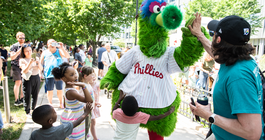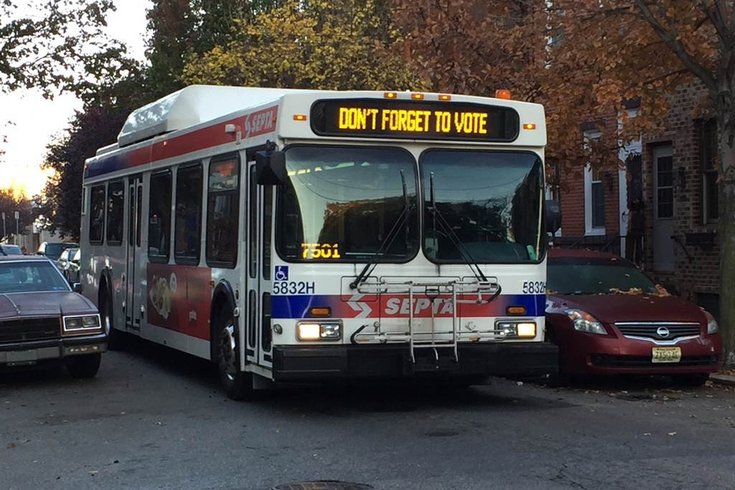
December 15, 2023
 File Photo/PhillyVoice
File Photo/PhillyVoice
SEPTA has proposed replacing suburban bus routes with low ridership with an on-demand service that would pick up riders at the curb and drop them off at the intersection nearest their destinations.
A rideshare-like bus service would begin operating in the Philadelphia suburbs next summer under SEPTA's plan to overhaul its bus system.
Earlier this week, SEPTA released the final draft of its revamped bus network, dubbed its Bus Revolution. That plan includes an on-demand bus service that would replace low-ridership routes in six suburban zones. The Bus Revolution plan had been scheduled to be voted on next week by SEPTA' board members, but that vote has been delayed until January.
Those zones include two in Bucks County – Bristol-Croydon-Cornwells Heights and Levittown-Bristol – and two in Chester County – Paoli-Great Valley and West Chester-Malvern. The other two zones are Norristown, Montgomery County and Lansdale-Telford, which includes parts of Bucks and Montgomery counties.
If approved, riders would be able request rides through a mobile app – just as they do with rideshare companies like Uber and Lyft. But instead of a private car, SEPTA would send a small bus to transport passenger anywhere within their designated zones. The rides would be curb to curb, meaning the buses would pick up and deliver riders to the intersections nearest their destinations, including Regional Rail stations and bus routes.
Riders could expect to be picked up within 30 minutes. Fares would be the same as a typical bus ride.
"We really designed these longer routes to make these regional connections, but sometimes people just want to get to the grocery store that's a mile and a half down the road, and so this makes it easier to do that," SEPTA Senior Operations Planner Harley Cooper said.
The service would run from 6 a.m. to 9 p.m. in most areas, though operations may be extended to 11 p.m. in some areas, Cooper said.
Many riders likely would use the mobile app, but the on-demand bus service also would be available through the SEPTA call center or by using a desktop computer.
If the SEPTA board approves the new bus system, the first on-demand bus zone would begin operations next summer. The rest of the zones would take effect over time. SEPTA also would procure new vehicles for the service.
SEPTA eventually could expand its on-demand bus service to other portions of the suburbs, though that would be years away. Dan Nemiroff, SEPTA's manager of planning programs, said the service would not be feasible in the city because it's designed for areas with lower demand. But the smaller vehicles would give SEPTA more flexibility to add or change service.
"A fixed route bus can only go where it's scheduled to go – it can't deviate it off its schedule to serve a new development or a shopping center," Nemiroff said. "It takes us a while to put that in, we have to test the bus to make sure we can get in and out, we have to make sure there's OK stops. The smaller vehicles enable us to to adjust on the fly in some ways."
SEPTA began seeking public feedback for its revamped bus system more than two years ago by holding town halls, open houses, virtual meetings and pop-up events. After releasing the proposal, SEPTA held 10 public hearings in September.